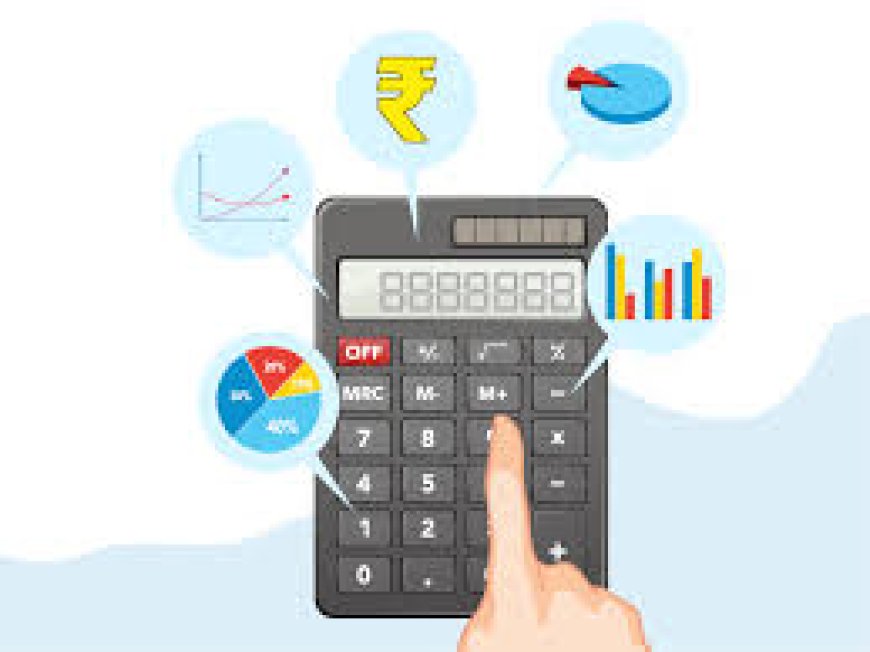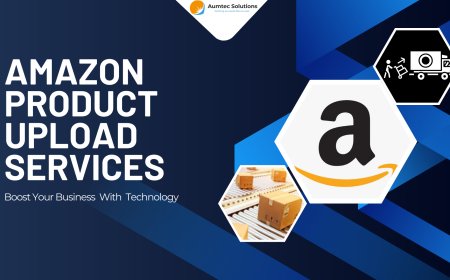All You Need to Know About Investing in ETFs
Learn about ETFs: their types, advantages, risks, and how to invest. Explore popular ETFs, use ETF calculators, and avoid common mistakes for smart investing.

Let's talk about ETFs. Also known as Exchange-Traded Funds, they're like stocks, bought and sold on stock exchanges. What’s inside? They can hold things like stocks, commodities, even bonds! These funds are made to mostly match their net asset value when traded, but sometimes they don't. Want a quick history lesson? The first one, the SPDR S&P 500 ETF, popped up in '93 over in the U.S.
Since that launch, they've really taken off, thanks to the flexibility and efficiency they offer. How do they fit into today's investing world? ETFs are low-cost and let investors spread their money around different asset classes. They've become a go-to for folks from regular Joes to big institutions.
Understanding ETF Calculators
Ever wondered about an ETF Calculator? This handy tool supports investors in understanding how ETFs might work for them. It gives a glimpse of possible returns, costs, and various risks involved.
Understanding ETF Calculators: The function based on data inputs like the first amount invested, the predicted yearly return, the period of the investment, and cost ratios. These aspects help to figure out the possible future value and how well an ETF investment might perform.
An ETF Calculator: Handy and Informative Tool: An ETF calculator blitzes through tricky sums, enhancing speed and precision. It also puts power in your hands, showing you possible results to guide your choices.
Types of ETFs
- Equity ETFs: These ETFs invest in stocks and aim to replicate the performance of a specific index such as the S&P 500.
- Bond ETFs: These funds put money into bonds. They aim to give investors steady income on a regular basis.
- Commodity ETFs: They put money into things like gold, oil, or farm goods giving investors a chance to get involved in commodity markets.
- Sector and Industry ETFs: These focus on specific sectors such as technology, healthcare, or energy, allowing investors to target particular industries.
Advantages of Investing in ETFs
Diversification: ETFs provide broad exposure to a range of assets, reducing the risk associated with individual stocks.
Cost-Effectiveness: ETFs cost less than mutual funds, which makes them a cheaper way to invest.
Liquidity: All through the trading day, ETFs can be purchased or sold at market prices hence offering great liquidity.
Transparency: ETFs disclose their holdings daily, offering investors clear insight into their investments.
How to Get Started with ETF Investing
- Choosing the Right Broker: Select a broker that offers a wide range of ETFs, low trading fees, and robust research tools.
- Setting Investment Goals: Determine your investment objectives, risk tolerance, and time horizon before investing in ETFs.
- Understanding ETF Fees: Be aware of the expense ratios, trading commissions, and other fees associated with ETF investing.
Using ETF Calculators for Investment Planning
Calculating Potential Returns: Use an ETF calculator to estimate future returns based on different investment scenarios.
Assessing Risk Levels: Analyzing their historical performance and volatility enable us to evaluate the various ETF's risks.
Portfolio Diversification Analysis: Use calculators to ensure your portfolio is well-diversified across different asset classes and sectors.
ETF Investing Strategies
Long-Term Investment: Buy and hold ETFs for an extended period to benefit from long-term market growth.
Short-Term Trading: Trade ETFs to capitalize on short-term market movements.
Dollar-Cost Averaging: Invest a fixed amount in ETFs at regular intervals to reduce the impact of market volatility.
Dividend Reinvestment: Reinvest dividends earned from ETFs to grow your investment over time.
Risks Associated with ETFs
Market Risks: ETFs are subject to market fluctuations and can lose value during market downturns.
Liquidity Risks: Certain Exchange-Traded Funds (ETFs) sometimes lack much trading activity. This may result in challenges when buying or selling shares without impacting prices.
Tracking Errors: ETFs may not perfectly track their underlying index, leading to tracking errors.
Comparing ETFs and Mutual Funds
Key Differences: ETFs trade like stocks, have lower expense ratios, and offer greater flexibility compared to mutual funds.
Advantages and Disadvantages of Each: ETFs are more cost-effective and liquid, while mutual funds may offer more professional management and are better suited for systematic investment plans.
Popular ETFs to Consider
SPDR S&P 500 ETF (SPY): Tracks the S&P 500 index and is one of the most popular and liquid ETFs.
Vanguard Total Stock Market ETF (VTI): Offers exposure to the entire U.S. stock market.
Invesco QQQ Trust (QQQ): Tracks the Nasdaq-100 Index and provides exposure to major tech companies.
Tax Implications of ETF Investing
Tax Efficiency of ETFs: ETFs are generally more tax-efficient than mutual funds due to their unique structure.
Capital Gains and Dividends: Understand how capital gains and dividend distributions from ETFs are taxed to optimize your tax planning.
Monitoring Your ETF Investments
Regular Portfolio Review: Periodically review your ETF portfolio to ensure it aligns with your investment goals.
Rebalancing Your Portfolio: Adjust your holdings as needed to maintain your desired asset allocation.
Staying Informed on Market Trends: Keep up with market news and trends to make informed investment decisions.
Common Mistakes to Avoid with ETF Investing
Over-Diversification: Avoid spreading your investments too thin across many ETFs, which can dilute potential returns.
Ignoring Fees: "Always keep notice of charges linked to ETF trading and management. These can affect the final profits you make."
Chasing Past Performance: Don't base your investment decisions solely on past performance; consider future growth potential and risks.
Future Trends in ETF Investing
Growth of Thematic ETFs: Thematic ETFs focusing on trends like clean energy and artificial intelligence are gaining popularity.
Impact of Technology on ETF Trading: Technological advancements are making ETF trading more accessible and efficient.
Global Expansion of ETFs: ETFs are expanding globally, offering investors more opportunities to diversify their portfolios.
Conclusion
Sinking money into ETFs unlocks many advantages like spreading your bets, affordability, and easy cash out. Handy tools, like ETF calculators, help you make smart choices and tailor your investment plan. No matter your experience level, ETFs can have an essential spot in your money plan. Stay in the know, check on your investments often, and weigh the pros and cons of putting your money in ETFs.
What's Your Reaction?























